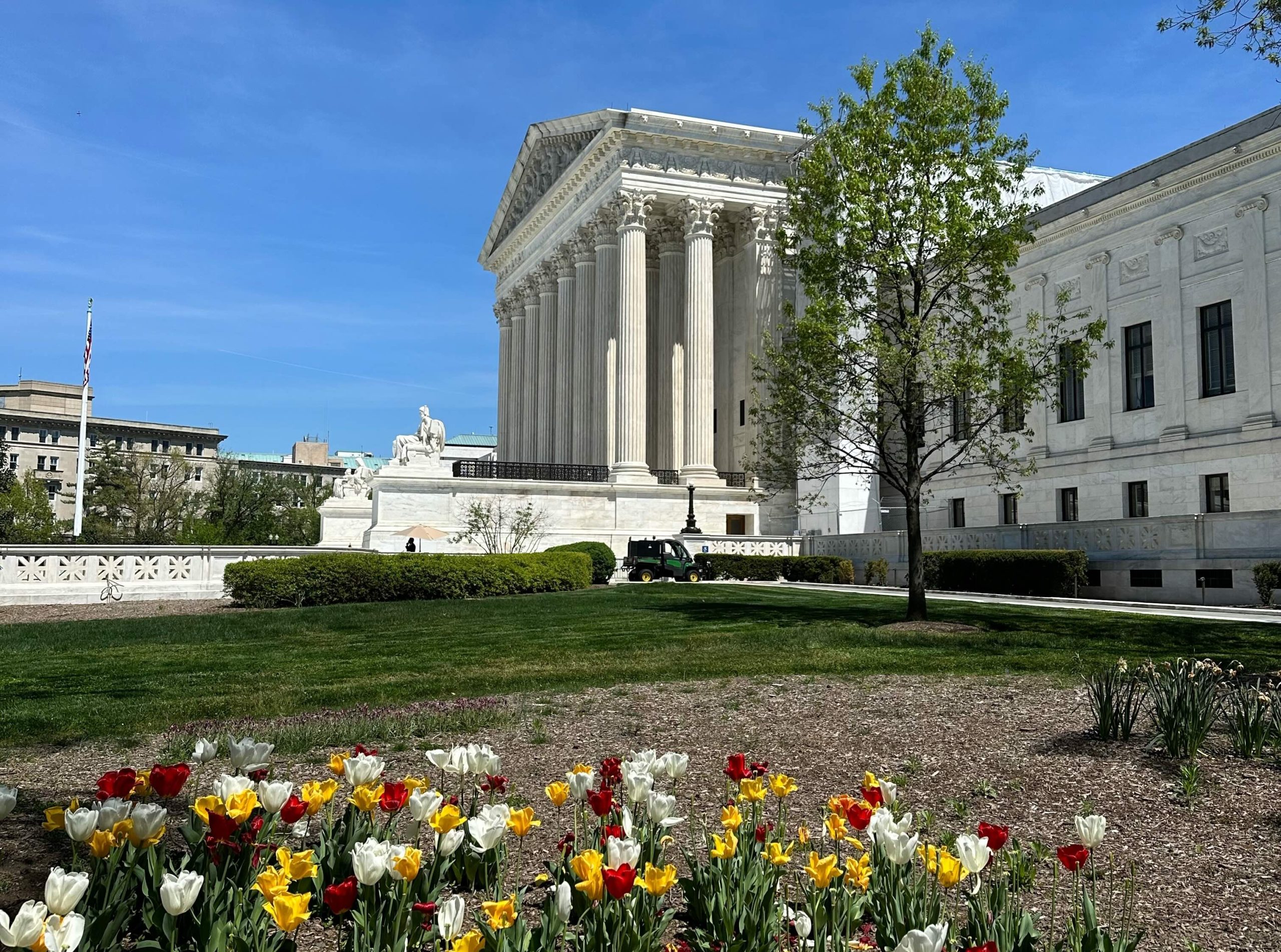CASE PREVIEW
To stay or dismiss a suit while waiting for arbitration?

on Apr 22, 2024 at 9:02 am

It seems like the justices can’t have a monthly argument session without at least one case under the Federal Arbitration Act. Monday’s argument in Smith v. Spizziri asks what the options are for a trial judge who refers a pending suit to arbitration. Section 3 of the Federal Arbitration Act says that if the court refers the case to arbitration, it “shall on application of one of the parties stay the trial of the action until such arbitration has been had.” The question is whether the trial court, instead of staying the action, can go ahead and dismiss it entirely.
Wendy Smith is one of a group of delivery drivers who argue that their employers (including Keith Spizziri) violated a variety of federal and state employment laws. The drivers sued, but the employers removed the case to federal court and then, predictably enough, urged the court to refer the case to arbitration. The court agreed to send the case to arbitration, but did not merely grant a stay; rather, it dismissed the suit entirely.
For the drivers, the statute says it all: The court “shall … stay the trial of the action.” They point out that the language is “mandatory” and “does not allow any exceptions.” They also point to several practical problems with dismissal. Among other things, if the arbitration does not resolve the matter entirely, the parties are likely to return to the court for a variety of administrative matters, all covered by the FAA itself – appointment of arbitrators, compelling witnesses, and, most importantly, reviewing post-arbitration awards. Dismissal would leave the parties out of court for those matters.
The employers, not surprisingly, see the statute completely differently. First, they emphasize the history behind Section 3, which was intended to reject a previously common practice in England and the United States of allowing a trial to proceed in the court while the arbitration was pending. For the employers, that is the only point of Section 3, to make absolutely sure that once a case is sent to arbitration it will not move forward in the court. Because Section 3 says nothing at all about dismissal, it should not tie the court’s hands in managing its docket. As they point out, the dismissal here was without prejudice; the drivers are free to return to the district court if they find themselves in need of relief in the future. They emphasize the “traditional, inherent power [of trial courts] to manage their dockets,” seeing no need to force a court to keep a stagnant case on its docket for a period of months or years.
Perhaps the most telling point for the employers depends on the court’s 2022 decision in Badgerow v. Walters, in which the court rejected the idea that the FAA creates federal jurisdiction for all of the relief it describes. Specifically, and crucially for Smith, Badgerow rejects federal jurisdiction over suits to enforce the result of the arbitration. If the underlying dispute did not have a basis for federal jurisdiction, then an action to enforce the judgment often would not have such a basis either, and would be left to state court. Applied to this case, that means that the dismissal would leave the parties, in many cases, only a state-court remedy for enforcement or challenges to the arbitrator’s judgment. For the employers, a ruling forcing the district court to keep an empty case on its docket while the arbitration proceeds effectively gives their employees an end-run around Badgerow.
My strong sense is that the thoughts of the justices in Smith will turn on the practical ramifications of the decision to stay or dismiss the action. I expect that will be a major focus of the argument on Monday.


